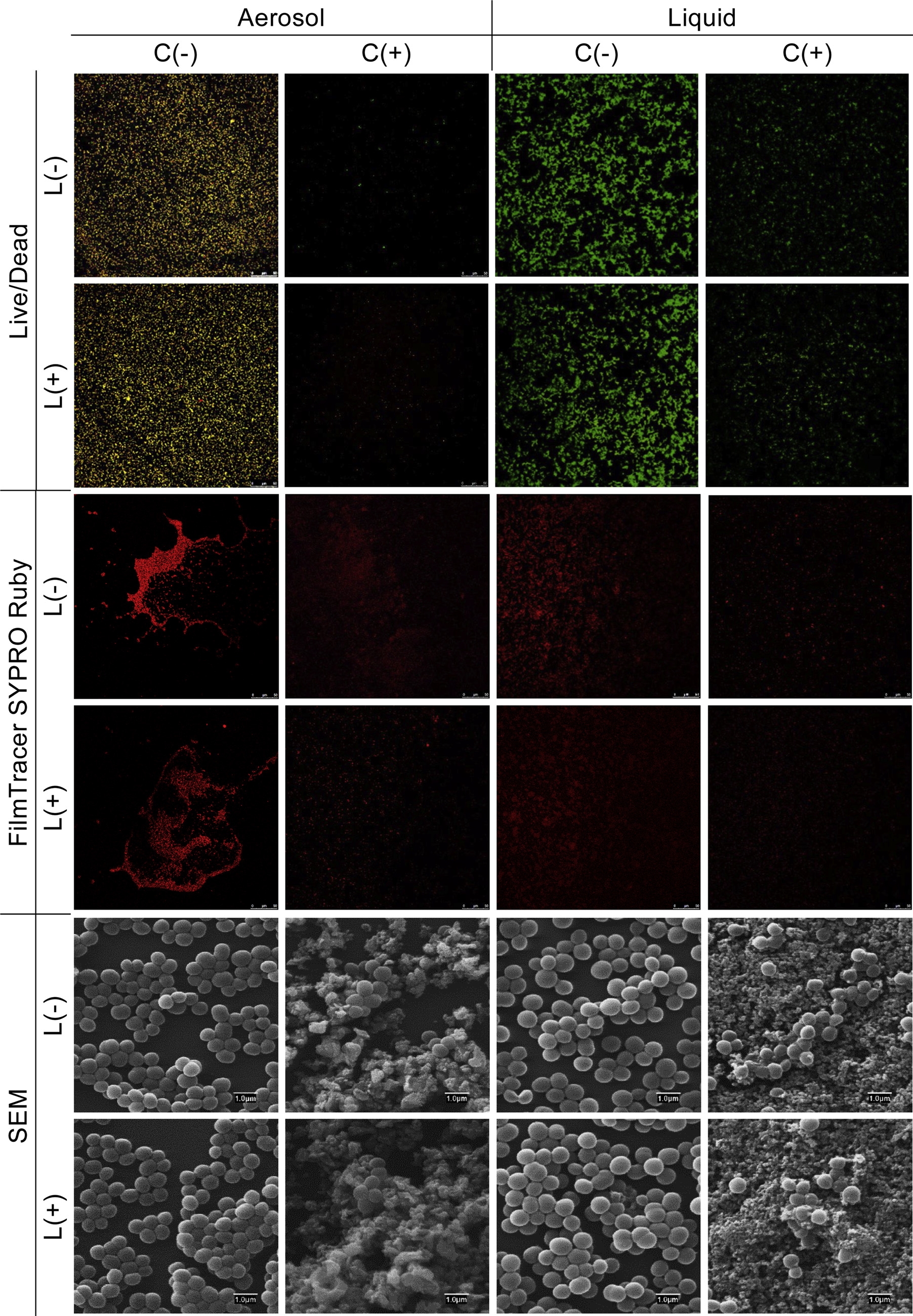New Antimicrobial surfaces with self-cleaning properties and NANBIOSIS Unit 17
In the last decades, increased resistance to conventional antibiotics has led to important research in the development of alternative strategies for preventing pathogen dissemination. Antimicrobial surfaces containing a biocidal agent inhibit or reduce microorganisms growth capacity on the surface of materials. In addition to this microbial proliferation inhibition, antimicrobial coatings may also confer additional properties.
Researchers from the University of Alcalá and the CSIC Institute of Catalysis and Petrochemistry, have carried out a research about the self-cleaning properties of antimicrobial surfaces functionalized by photocatalytic ZnO electrosprayed coatings.
The authors prepared electrosprayed photoactive coatings of sol-gel ZnO nanoparticles tested as dual action self-cleaning antimicrobial surfaces. The materials showed excellent photocatalytic and photodisinfection properties due to the release of bioavailable zinc and photogenerated oxidative species. The surfaces were free from bacterial colonization and biofilm formation.
Confocal microscopy of NANBIOSIS U17 was used to reveal biofilm matrix using FilmTracer SYPRO Ruby stain and to assess cell viability by means of Live/Dead BacLight Bacterial Viability Kit.
Article of reference:
Laura Valenzuela, Ana Iglesias, Marisol Faraldos, Ana Bahamonde, Roberto Rosal, Antimicrobial surfaces with self-cleaning properties functionalized by photocatalytic ZnO electrosprayed coatings, Journal of Hazardous Materials, Volume 369, 2019, Pages 665-673, https://doi.org/10.1016/j.jhazmat.2019.02.073.









